THE ART OF ACTING: FILM ACTRESSES & GLOBAL CLASSICS
My reflections on actresses and their most compelling performances in (mostly) classics of global cinema

Nicole Kidman – The Portrait of a Lady | Eyes Wide Shut | Dogville
NICOLE KIDMAN ACTRESS, PART 2: THE PORTRAIT OF A LADY
Richard Jonathan
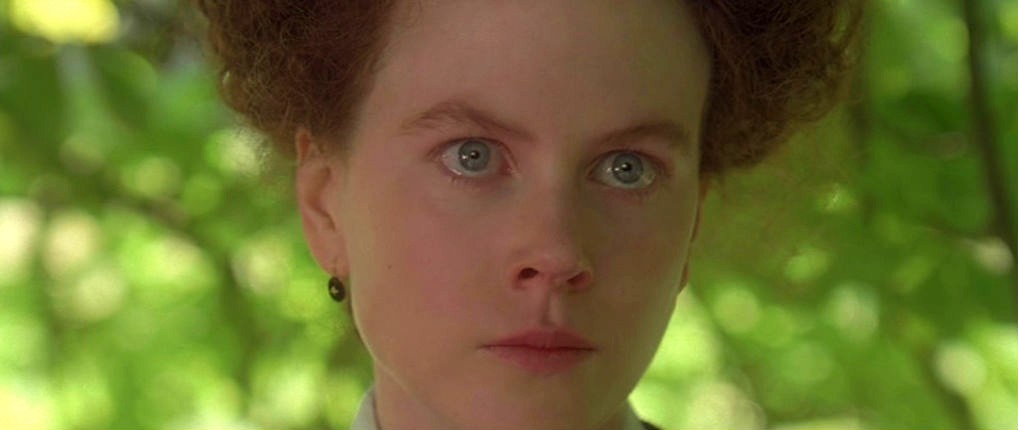
Nicole Kidman, The Portrait of a Lady, Jane Campion
Isabel Archer, the heroine of The Portrait of a Lady, is a young woman of surface elegance and interior turmoil. As a character, she challenges the actress to plumb her depths even as she maintains her surface composure. In accepting this challenge, Nicole Kidman delivers what is for me her finest screen performance. How to describe it? Since all art aspires to the condition of music, how about by analogy to Shostakovich’s 8th string quartet? If you listen to that composition, this is what you’ll hear: (1) the shadowy silence of a ghostly waltz, the dactylic rhythm of fortissimo chords; (2) the bright pluck of pizzicato, the brutal lyricism of sustained bass notes; (3) the spectral timbre of high tessitura, a dark cello underneath a singing violin; (4) a distillation of subtleties, by turns elegiac and agitated; a melodic figure that crescendos but remains incomplete. All in all, an intermingling of beauty and sorrow, a stoic farewell… Yes, if she is to do justice to Henry James’ heroine, this is the quartet the actress is called upon to play. Nicole Kidman, in playing Isabel Archer, not only strikes all the right notes, but fine-tunes the voicing of each, taking our breath away.
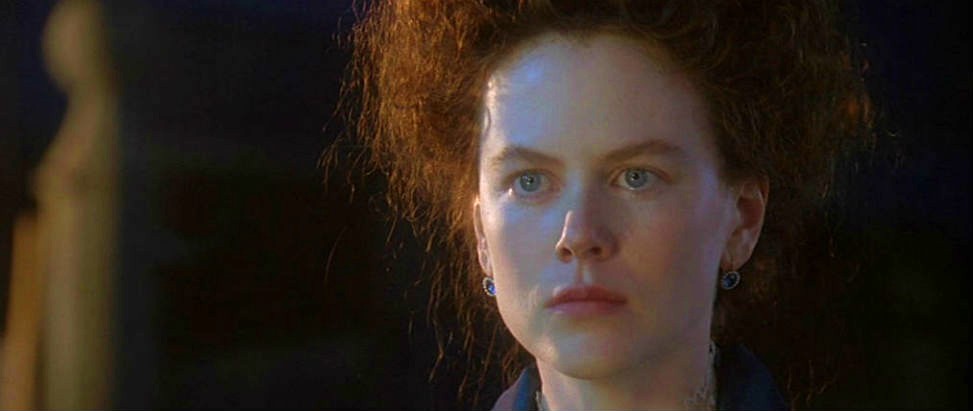
Nicole Kidman, The Portrait of a Lady, Jane Campion
The challenge in playing Isabel Archer, then, is to simultaneously show the placidity of her surface elegance (what James calls her ‘mask’) and the agitation of her inner turmoil, and to dose each state to the precise degree required by the dramatic moment. As Isabel ‘affronts’ her destiny (as James puts it), the actress has to deploy her body/voice on different fronts at once, using, as it were, counterpoint and dissonance to disrupt the surface melody (hence my metaphorical quartet). More than most roles, Isabel Archer requires the actress to constantly play both horizontally (melody, counterpoint) and vertically (harmony, dissonance). Jane Campion’s close-ups of Nicole Kidman’s face allow us to appreciate how brilliantly the actress achieves this objective. Even in long shot, corseted in her flowing gowns, Kidman conveys Isabel’s ambivalence, her state of permanent tension. Thanks to the cine-camera, we can measure the weight of a tear drop, gauge the heave of a suppressed sigh. The semiotics of Portrait of a Lady abounds in such signs: all the more amazing, then, that Kidman ‘carries’ the entire film using, for the most part, only such subtleties.
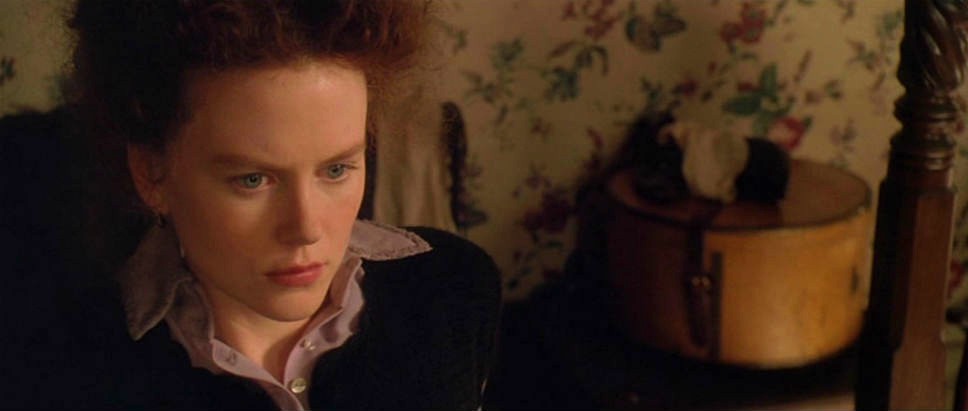
Nicole Kidman, The Portrait of a Lady, Jane Campion
Isabel Archer fervently wants to be happy, yet, unbeknownst to her, she has armed herself against that possibility. All her troubles stem from this self-sabotage. She refuses the love of Caspar Goodwood because she’s afraid of how his erotic power might arouse hers; she refuses Lord Warburton’s hand in marriage because accepting it would interfere with her plans for ‘getting a general impression of life’ first. She’s in love with Ralph Touchett but ends up marrying Gilbert Osmond, a ‘sterile dilettante’, instead (only with Ralph on his deathbed does she realize this). And that is when she arrives at a self-understanding that, we presume, will free her from her self-sabotage. The film ends with Isabel on a threshold. Of happiness? Jane Campion, like Henry James, opts for the ‘love of the question mark’ (Europe) over any answer (America).
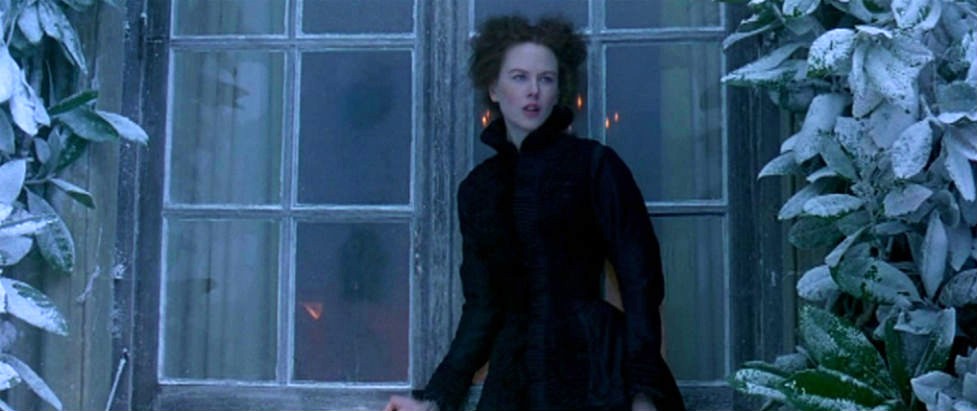
Nicole Kidman, The Portrait of a Lady, Jane Campion
Isabel’s problem can be simply stated: she’s afraid of the dark. The darkness inside herself. ‘We are only alive because we desire, and yet in our desiring we are obscure to ourselves’ (Adam Phillips, The Beast in the Nursery, p. 107). Indeed, Isabel is afraid of what she might find if she descends into the depths of her heart. She’s afraid it might shatter her armour. And so, doggedly pursuing happiness, she remains immune to surprise—and so remains unhappy. Indeed, unable to risk spontaneity, she deprives herself of any opportunity to discover that happiness only occurs by enchantment. She entertains the fantasy of knowing what she wants, but ‘knowing what one wants is a form of despair … a form of terrorism of oneself and of others’ (Adam Phillips, Side Effects, pp. 166/171). As Ralph advises her: ‘Don’t ask yourself so much whether this or that is good for you. Live as you like best, and your character will take care of itself’. At the end of her journey, at the end of the film, Isabel is ready to assume ‘the unknowingness of desiring’. In other words, she is ready to give herself a chance to discover happiness—not wilfully, but by accident.
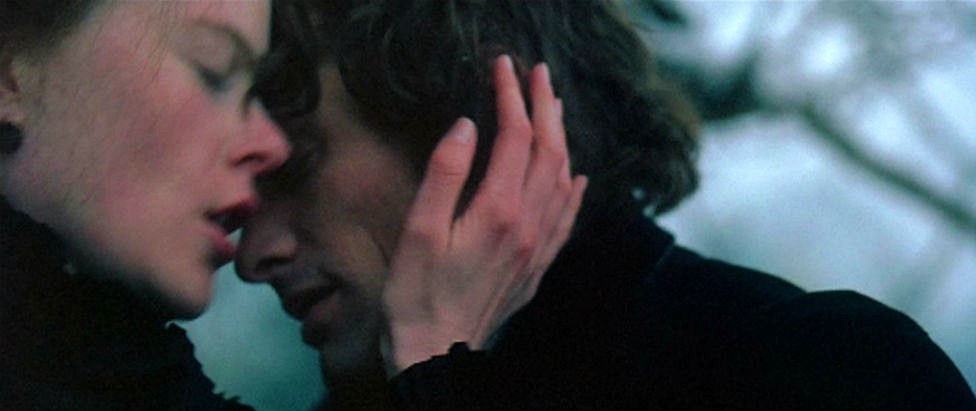
Nicole Kidman & Viggo Mortensen, The Portrait of a Lady, Jane Campion
The film doesn’t give us sufficient ‘life facts’ for a detailed understanding of Isabel’s psychology: for that we have to read the novel. Yet, for anyone with even an elementary understanding of femininity, we can infer what’s going on behind Isabel’s surface elegance. Her sexual repression is what Jane Campion plays up, but that’s but the tip of the iceberg. Looking more deeply, we see that Mrs. Touchett has provided us with a key fact: Isabel has ‘neither mother nor father’. Now, observing how she responds to Osmond’s seducing her, observing the dynamics of their marriage, it quickly becomes clear that Isabel has opted to marry a ‘father’, a man who wants her to take up the position of a child, who wants to ‘bring her up’, to mould her according to his own precepts. In other words, he wants another Pansy, another daughter, but one over whom his power, unrestrained by the incest taboo, would be absolute.

John Malkovich, The Portrait of a Lady, Jane Campion
Why does Isabel fall into the trap? Why does she who so proudly declared ‘It’s not my fate to give up?’ surrender to a tyrant? Precisely because Osmond corresponds to her fantasy of a father, to a primitive ideal of which she is unaware. Had she been willing to enter into a relationship with Goodwood or Warburton, she’d have had a chance to become aware of her fantasy and to loosen its grip on her; instead, by refusing frank relationship, but affirming her proud isolation, she foreclosed this possibility. Osmond, precisely because he does not desire Isabel, is the only man in her life who does not fall under her ‘spell’. All the others, fooled by their own desire, fail to see that her wilful ‘independence’ is but a screen for her fear of making herself vulnerable, that her ‘mystery’ is a cipher for the darkness inside her. If Osmond’s fearless kiss (in the parasol scene) aroused her sexual excitement and broke a barrier, it was but one element in his deciphering of her ‘code’: unlocking it, he locked her into marriage and obtained her money. ‘I can’t escape my fate’, headstrong Isabel, out of touch with her heart, had told Ralph: had she been more in touch with her feelings, her marriage with Osmond would not have been her fate.
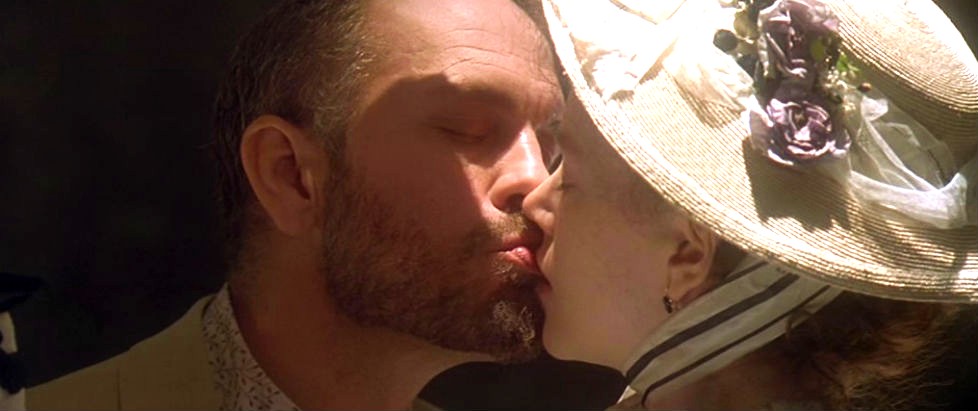
John Malkovich & Nicole Kidman, The Portrait of a Lady, Jane Campion
Why does Isabel fall under the spell of Madame Merle? Why does she say to her, ‘To me, you’re a vivid image of success’? Again, it doesn’t take much imagination to understand that, not having a mother, Isabel is desperate for some positive identification with femininity. This desperation explains why it takes her so long to discover Madame Merle’s duplicity. As for acceptance of maternity, neither Madame Merle nor Mrs. Touchett offer any model: quite the contrary. It is strangely appropriate, then, that Isabel mourns her dead child by caressing a little marble hand: her own mother is a ‘stone’ of impossible mourning inside her. All this helps us understand why Isabel’s repudiation of femininity is so acute, making her relationships with men so problematic and her surrender to Osmond’s authority so cruelly ironic.
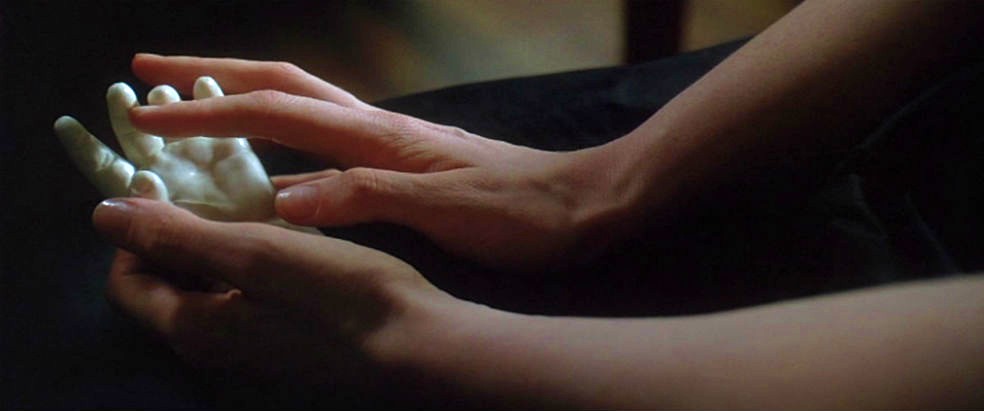
Nicole Kidman, The Portrait of a Lady, Jane Campion
At the end of the film Isabel is a changed woman. We sense she’s understood that smartness is no substitute for wisdom, that avoiding intimacy only serves to fossilize one’s fears, and that rejecting convention is easier than ridding oneself of inhibition.
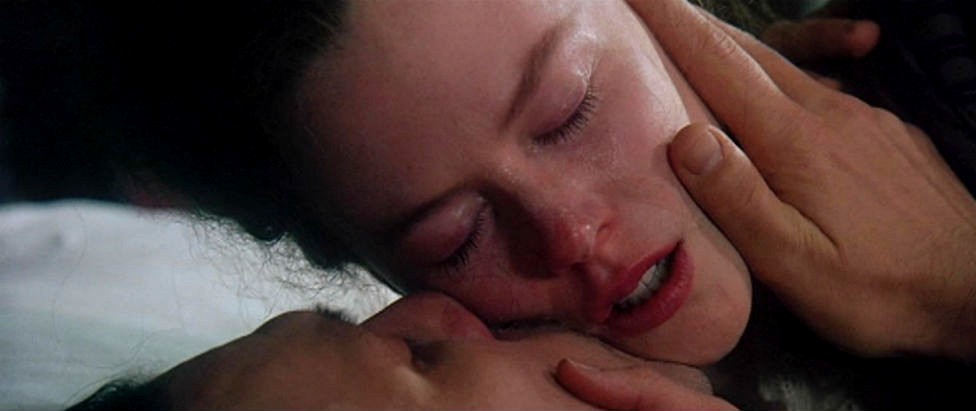
Nicole Kidman & Martin Donovan, The Portrait of a Lady, Jane Campion
Nicole Kidman, in enacting this journey—Isabel’s journey from ‘affronting her destiny’ to confronting her demons—deploys with great intelligence and instinctive justesse her body/voice, and in so doing offers us one of the finest performances ever captured on screen.
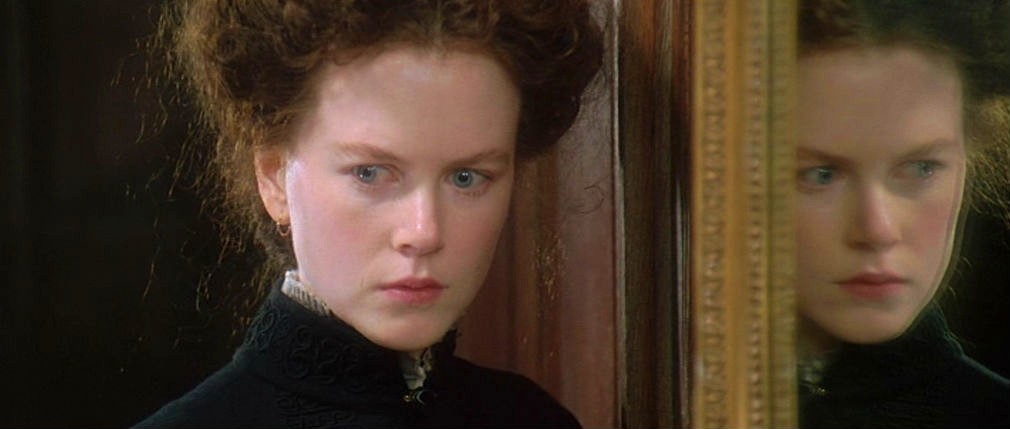
Nicole Kidman and her mirror reflection: Isabel Archer is ambivalent.
MARA, MARIETTA: A LOVE STORY IN 77 BEDROOMS
A literary novel by Richard Jonathan
THE MEN IN ISABEL ARCHER’S LIFE
Henry James’ characterizations from ‘The Portrait of a Lady’
RALPH TOUCHETT
Tall, lean, loosely and feebly put together, he had an ugly, sickly, witty, charming face, furnished, but by no means decorated, with a straggling moustache and whisker. He looked clever and ill—a combination by no means felicitous; and he wore a brown velvet jacket. He carried his hands in his pockets, and there was something in the way he did it that showed the habit was inveterate. His gait has a shambling, wandering quality, he was not very firm on his legs.
He was assured he might outweather a dozen winters if he would betake himself to those climates in which consumptives chiefly congregate. As he had grown extremely fond of London, he cursed the flatness of exile; but at the same time that he cursed he conformed, and gradually, when he found his sensitive organ grateful even for grim favours, he conferred them with a lighter hand. He wintered abroad, as the phrase is; basked in the sun, stopped at home when the wind blew, went to bed when it rained, and once or twice, when it snowed overnight, almost never got up again.
Living as he now lived was like reading a good book in a poor translation—a meagre entertainment for a young man who felt that he might have been an excellent linguist.

Ralph Touchett (Martin Donovan), The Portrait of a Lady, Jane Campion
GILBERT OSMOND
Mr Osmond had a well-bred air of expecting nothing, a quiet ease that covered everything, even the first show of his own wit. This was the more grateful as his face, his head, was sensitive; he was not handsome, but he was fine, as fine as one of the drawings in the long gallery above the bridge of the Uffizi. And his very voice was fine—the more strangely that, with its clearness, it yet somehow wasn’t sweet.
He was an original without being an eccentric. His sensibility had governed him—possibly governed him too much; it made him impatient of vulgar troubles and had led him to live by himself, in a sorted, sifted, arranged world, thinking about art and beauty and history. He had consulted his taste in everything—his taste alone perhaps, as a sick man consciously incurable consults at last only his lawyer: that was what made him so different from everyone else.
Contentment, on his part, took no vulgar form; excitement, in the most self-conscious of men, was a kind of ecstasy of self-control. This disposition, however, made him an admirable lover; it gave him a constant view of the smitten and dedicated state. He never forgot himself, as I say; and so he never forgot to be graceful and tender, to wear the appearance—which presented indeed no difficulty—of stirred senses and deep intentions.
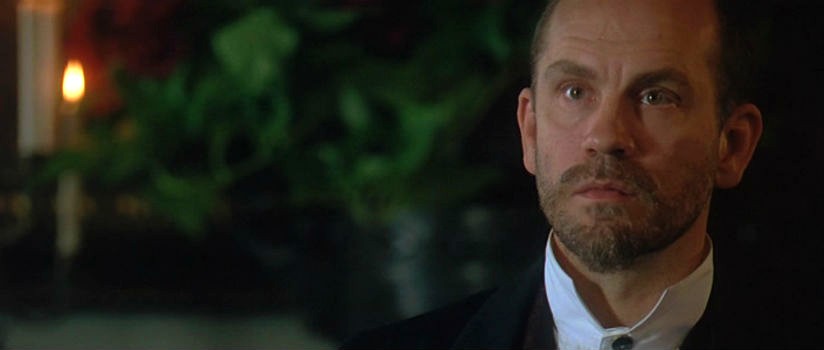
Gilbert Osmond (John Malkovich), The Portrait of a Lady, Jane Campion
LORD WARBURTON
He was a remarkably well-made man of five-and-thirty; a noticeably handsome face, fresh-coloured, fair and frank, with firm, straight features, a lively grey eye and the rich adornment of a chestnut beard. This person had a certain fortunate, brilliant exceptional look—the air of a happy temperament fertilized by a high civilization—which would have made almost any observer envy him at a venture.
Daniel Touchett: “Lord Warburton’s a very amicable young man—a very fine young man. He has a hundred thousand a year. He owns fifty thousand acres of the soil of this little island and ever so many other things besides. He has half a dozen houses to live in. He has a seat in Parliament as I have one at my own dinner-table. He has elegant tastes—cares for literature, for art, for science, for charming young ladies. The most elegant is his taste for the new views.”
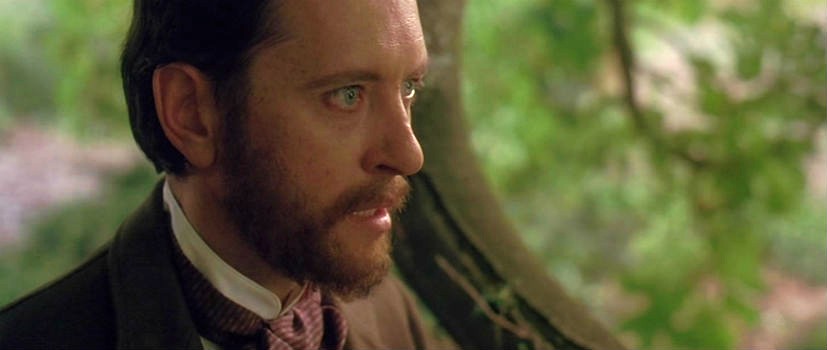
Lord Warburton (Richard E. Grant), The Portrait of a Lady, Jane Campion
CASPAR GOODWOOD
The name of the gentleman was Caspar Goodwood; he was a straight young man from Boston; he was tall, strong and somewhat stiff; he was also lean and brown. He was not romantically, he was much rather obscurely, handsome, but his physiognomy had an air of requesting your attention, which it rewarded according to the charm you found in blue eyes of remarkable fixedness; the eyes of a complexion other than his own, and a jaw of the somewhat angular mould which is supposed to bespeak resolution.
He was not, it may be added, a man weakly to accept defeat.
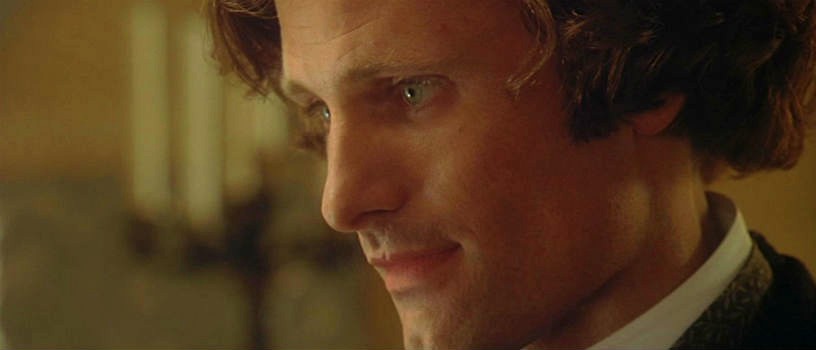
Caspar Goodwood (Viggo Mortensen), The Portrait of a Lady, Jane Campion
FILM ACTRESSES & GLOBAL CLASSICS IN THE MARA MARIETTA CULTURE BLOG
CLICK OR TAP ON THE IMAGE TO GO TO THE CORRESPONDING PAGE
By Richard Jonathan | © Mara Marietta Culture Blog, 2020 | All rights reserved

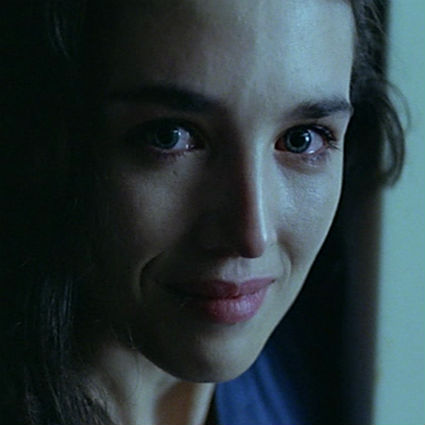
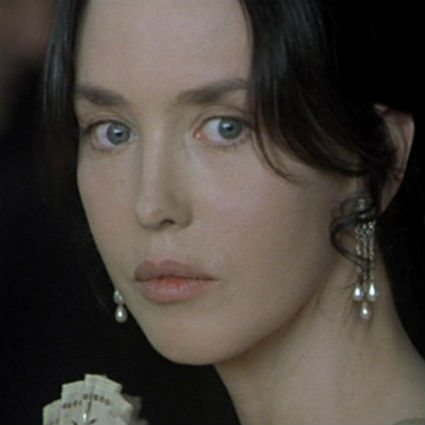
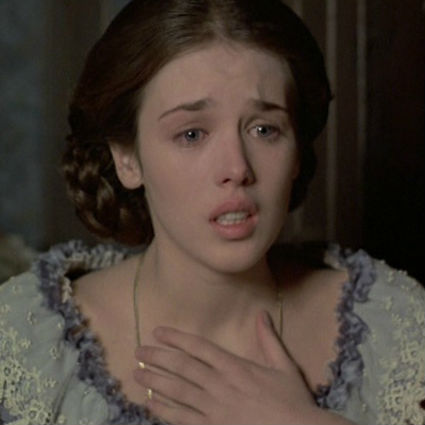
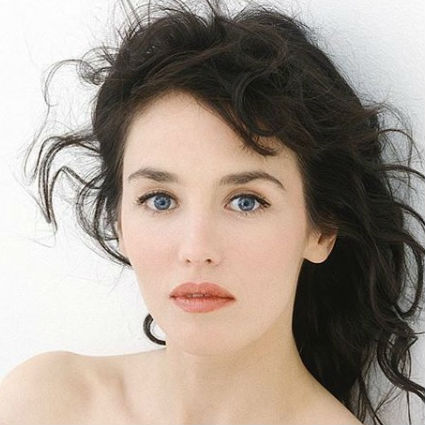
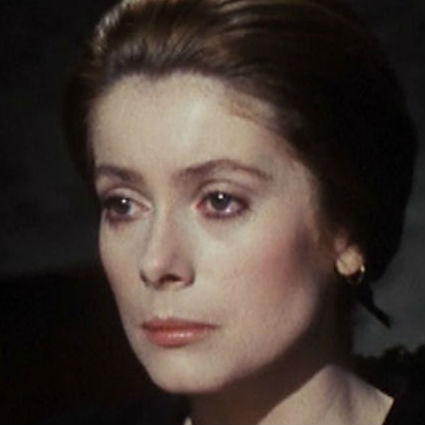
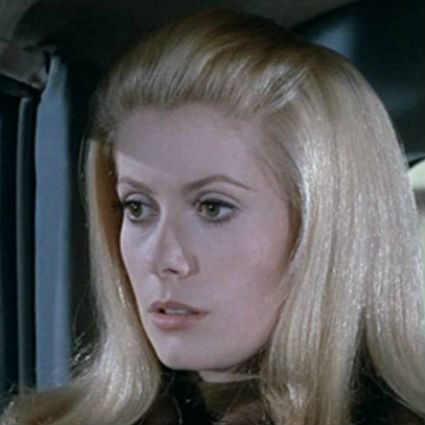
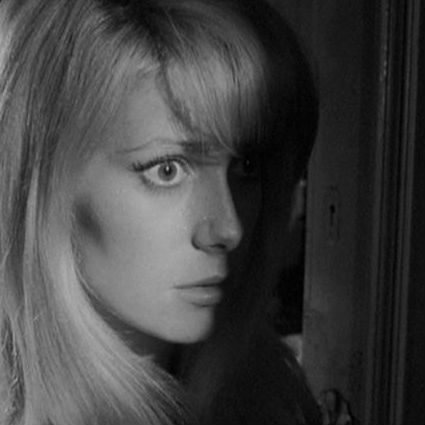
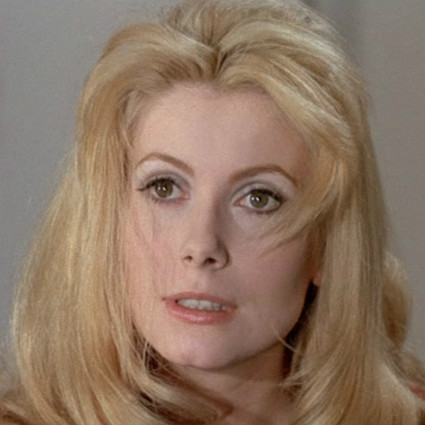
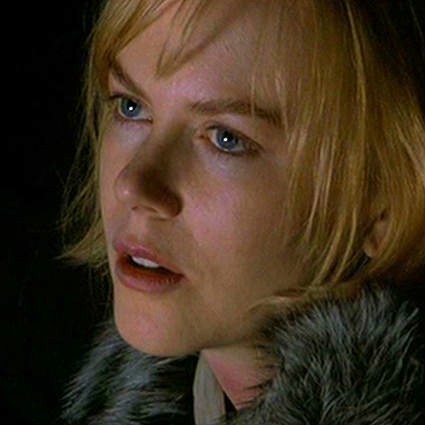
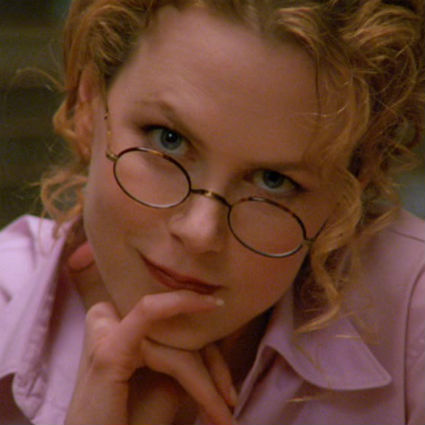
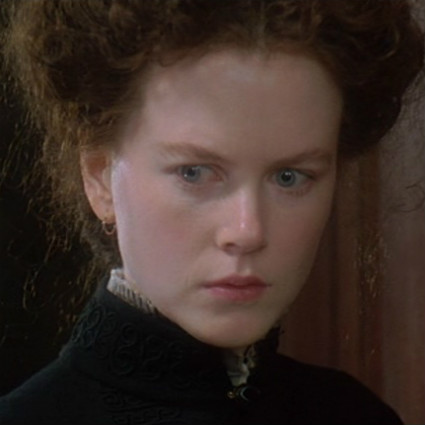
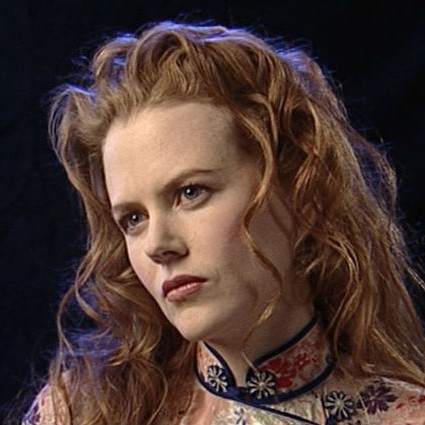
Comments